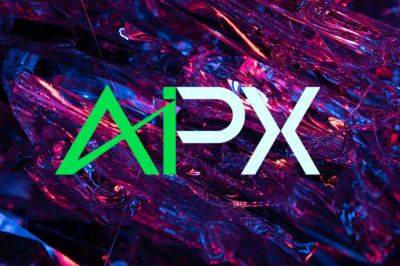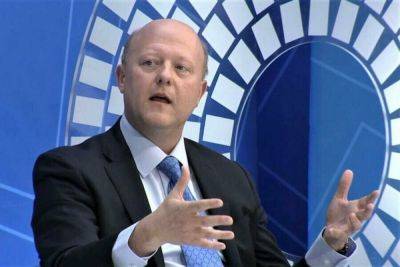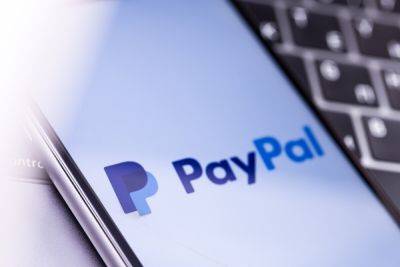Pay secrecy norms have ‘simply lost their teeth,’ say experts. Here's why
Pay transparency is on the rise for job applicants — and momentum suggests that trend will continue, experts said.
In August, 50% of online job listings advertised salary, up from 18.4% in February 2020, according to Indeed Hiring Lab, the economic research arm of career site Indeed. Such businesses disclose an exact salary or a salary range.
The growth is largely attributable to recent pay transparency laws enacted by states and municipalities. In addition, job seekers also recently had historically high leverage as employers clamored to hire workers at the reopening of post-pandemic economy.
«With the growth of such pay transparency, the lingering norms and policies around pay secrecy have simply lost their teeth,» Tomasz Obloj and Todd Zenger, professors at Indiana University and the University of Utah, respectively, recently wrote in Harvard Business Review.
More from Personal Finance:
Tipping in restaurants falls for the first time in years
The wage gap costs women $1.6 trillion a year, new report finds
Women are likely to face financial curveballs in retirement
It appears pay transparency rates «will continue to climb,» said Cory Stahle, an economist at Indeed.
The Indeed stats don't include ads that post only a maximum salary, due to the ambiguity of the practice, Stahle said. (Those might say a worker can earn «up to» $20 an hour, without stipulating a floor, for example.)
New York on Sunday became the latest state to adopt a pay transparency law. Employers in the state with at least four employees must make a «good faith» salary disclosure in job postings.
It joins California, Colorado and Washington state, as well as New York City.
The pay transparency movement is relatively new. Colorado was the first state
Read more on cnbc.com

 cnbc.com
cnbc.com




















